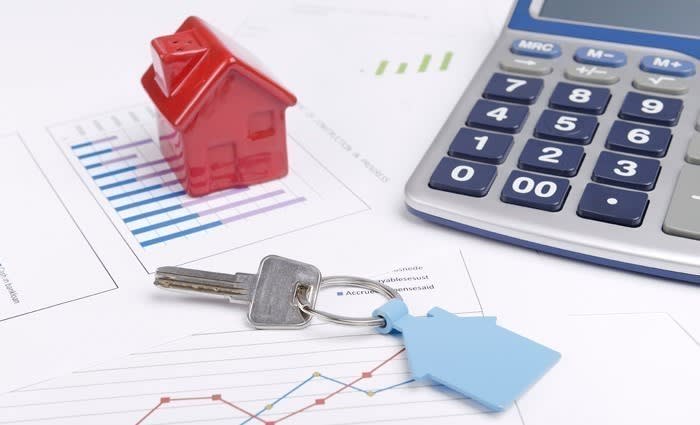RBA's increasing concerns about housing price boom exuberance: Paul Bloxham
GUEST OBSERVER
At this low level of the cash rate it seems that the hurdle for cutting further is very high.
One aspect of this is that the exuberant housing market remains a concern.
Another aspect is that despite the recent surprising fall in Q3 GDP, the RBA still expect GDP growth to pick up to an above trend pace of ‘around 3 percent over the next couple of years’ and for inflation to pick up to above 2 percent in 2017.
We agree with these forecasts and see the RBA on hold through 2017 before lifting the cash rate in 2018.
The RBA kept its cash rate steady today at 1.50 percent, as expected by 27 of 28 economists in the Bloomberg survey.
Just prior to the decision the market was pricing a 4 percent chance of a 25bp cut and a 15 percent chance of a 25bp cut by May.
The RBA seemingly has very little appetite to even consider cutting the cash rate further, with today’s statement not even describing it as an option.
Part of the reasoning is that the current low cash rate is already delivering a housing price boom in Sydney and Melbourne and there are increasing concerns about the exuberance of these housing markets.
It is also worth keeping in mind that Governor Lowe had already told us in a speech in November 2016 that cutting rates further may not be in the ‘public interest’ if it further boosted household debt even if it got inflation back to target more quickly.
The hurdle for a rate cut at this point in the cycle is clearly very high.
While we see the financial stability concerns as a key factor that kept the RBA on hold today, we also note that the central bank’s own take on the global and local economies remains quite positive.
On the global economy, the statement noted that growth in China had been stronger over the second half of 2016, that global business and consumer confidence had generally picked up and that inflation rates had generally moved higher.
It also stated that the recent lift in commodity prices was boosting Australia’s national income.
On the local economy, the statement (which was the first public comment from the RBA on the Q3 GDP numbers) suggested that the fall in GDP in Q3 was due to ‘temporary factors’ and that ‘reasonable growth’ was expected in Q4.
More importantly, the central bank re-affirmed that the RBA is still forecasting growth to pick up to an above trend pace of ‘around 3 percent over the next couple years’.
At the same time, it still sees inflation lifting back to the target band.
Focus will now shift to a speech the Governor is scheduled to deliver on 9 February and the official statement, due to be published on 10 February.
PAUL BLOXHAM IS CHIEF ECONOMIST (AUSTRALIA AND NEW ZEALAND) FOR HSBC.
